
Sights and Monuments
Athens gives visitors the unique opportunity to enjoy some of the most interesting sights and monuments in Greece.

Acropolis, the sacred rock, has been the symbol of Athens for thousands of years. It dates from the 5th century when Athens set the tone for civilisation in Europe. Its name, derived from acro - edge and polis - city means the upper city. In the ancient times, cities were built around an acropolis, where the inhabitants could seek refuge in times of invasion. The Parthenon, built of white marble from Penteli, unique for its beauty, harmony and grace, was dedicated to the goddess-protector of the city and used to house the golden-ivory statue of goddess Athena. The glorious entrance to the Acropolis - Propylaea, the temple of Athena Nike - a temple erected to commemorate the victories of the Greeks, the Erechtheion where goddess Athena gave her most sacred emblem, the olive tree to sprout and so many other priceless finds await to be seen.
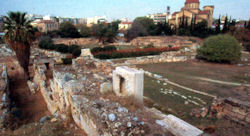
Ancient Agora used to be the town square of Athens from the 6th c. BC. A commercial, political, cultural and religious centre. Monuments of different periods ranging from the Classical to the 11th century AD could be seen at this site. On either side of the road there were the arcades built of marble. These buildings served as law courts, municipal offices and storerooms. The stoa of Attalos, one of these buildings is carefully restored today and functions as a museum, containing pieces of everyday life from the Mycenaean period to the Roman era. The Theseion - Hephaisteion, a marvellous piece of work, situated at the western edge of Agora, was a temple dedicated to the god Hephaistos and the goddess Athena.
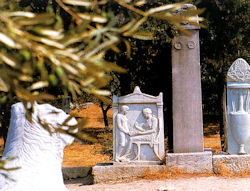
The ancient Kerameikos, the most ancient and largest cemetery known in Attica, exhibits ancient burial grounds and extends inside and outside, northwest of the old city walls. In the centre, Dipylon and the Sacred Gate, the two most famous gates of ancient Athens can be seen. The grave offerings found inside the tombs can be seen at the museum of Kerameikos.
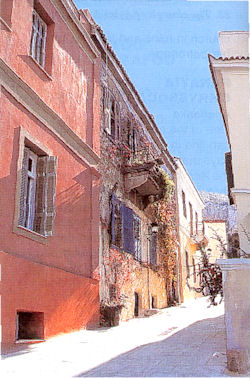
Plaka, the area between Syntagma, Ermou Str., and the Acropolis, is the oldest and the most picturesque neighbourhood of Athens. One of the few parts in Athens with charm and architectural merit, its narrow winding streets and stairs are lined with the nineteenth-century neoclassical houses. The squares are full of cafes, restaurants nightclubs, and many shops selling souvenirs. The best place to begin exploring Athens.
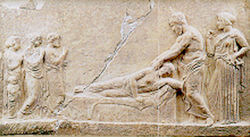
A big number of Museums, covering all different periods and topics can be found in the Greek capital. Some of the most important are:
The National Archaeological Museum is one of the largest museums, housing ancient Greek treasures such as the finds of the Mycenaean antiquities. It could take days in order to see it properly, so if you intend to visit it, make sure that you have plenty of time at your disposal.
At the Athens City Museum, paintings and engravings related to the history of Athens, mainly from the beginning of the 18th century and the 20th century, are exhibited.
The Cycladic Art Museum exhibits Goulandris’ private collection of Cycladic art as well as the Athens Academy’s collection of ancient Greek art.
Benaki Museum Textiles, embroideries, costumes, silverware, folk paintings, wood and stone carving which cover the period from 1650 to the present can be found there.
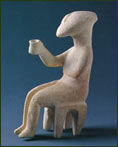
The Byzantine Museum It disposes one of the richest collections of Byzantine Icons in the world.
National Gallery The biggest picture and portrait gallery in the country.
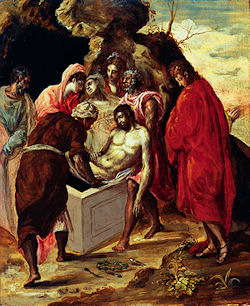
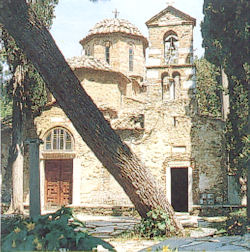
The old Metropolis, a charming little church near the new Metropolis at the centre of Athens, Kapnikarea at Ermou street, Agioi Apostoloi, located at the excavation area of the Ancient Agora, Agios Georgios, the white church at the top of Lycabettus Hill, the Kaisariani Monastery as well as many other important Byzantine churches and monasteries built during the 11th and the 12th centuries, the period said to be the Golden Age of Athens’ Byzantine art.